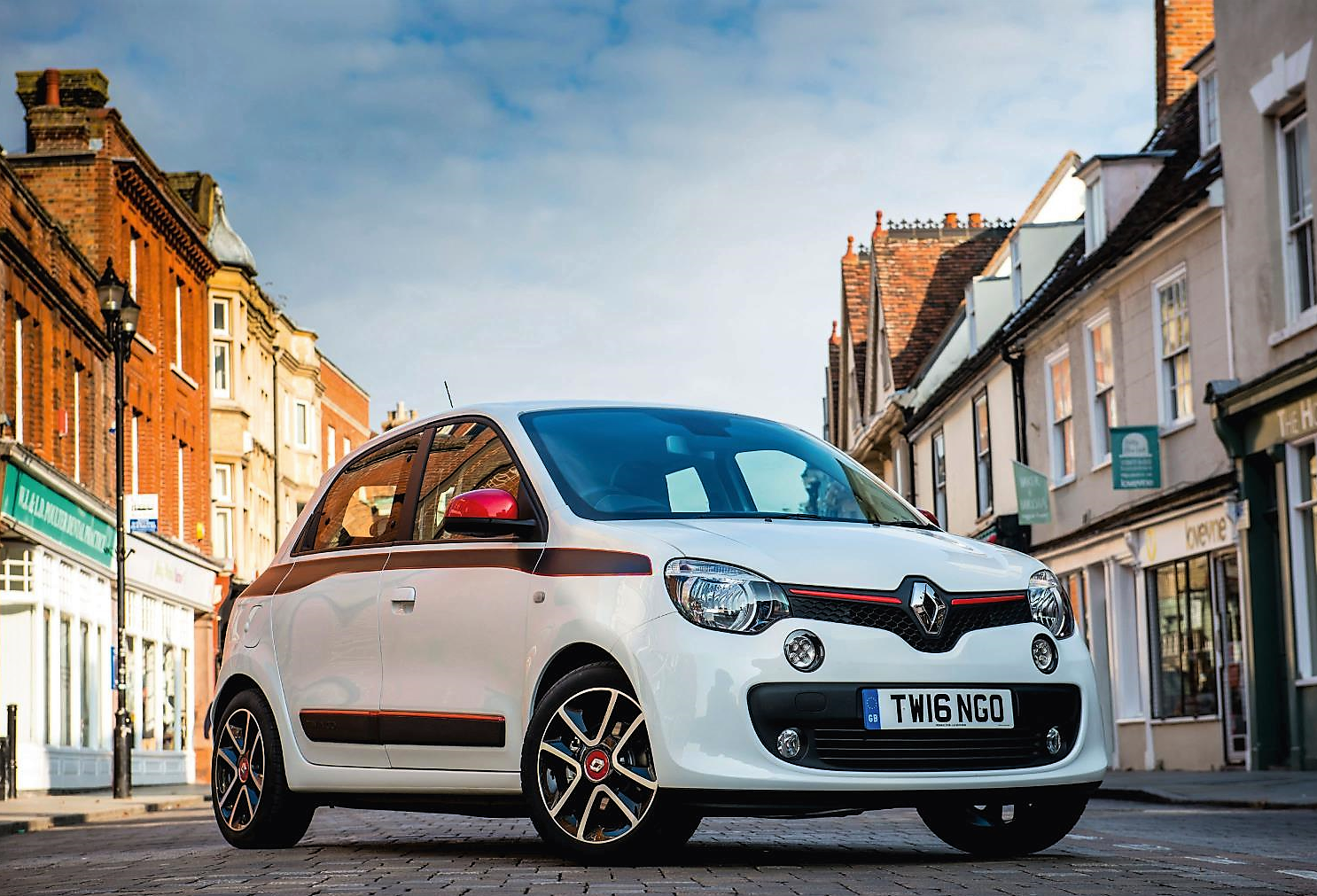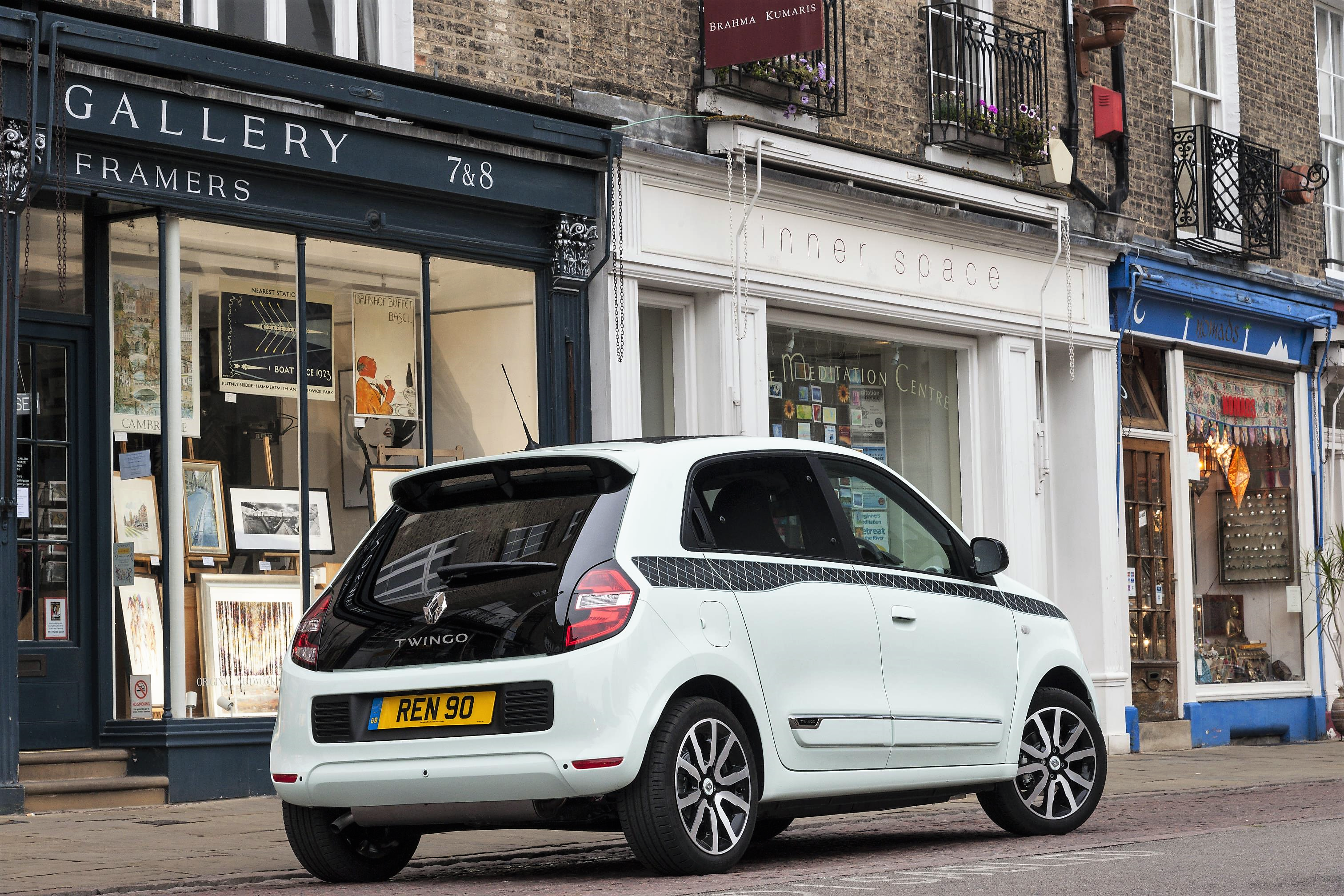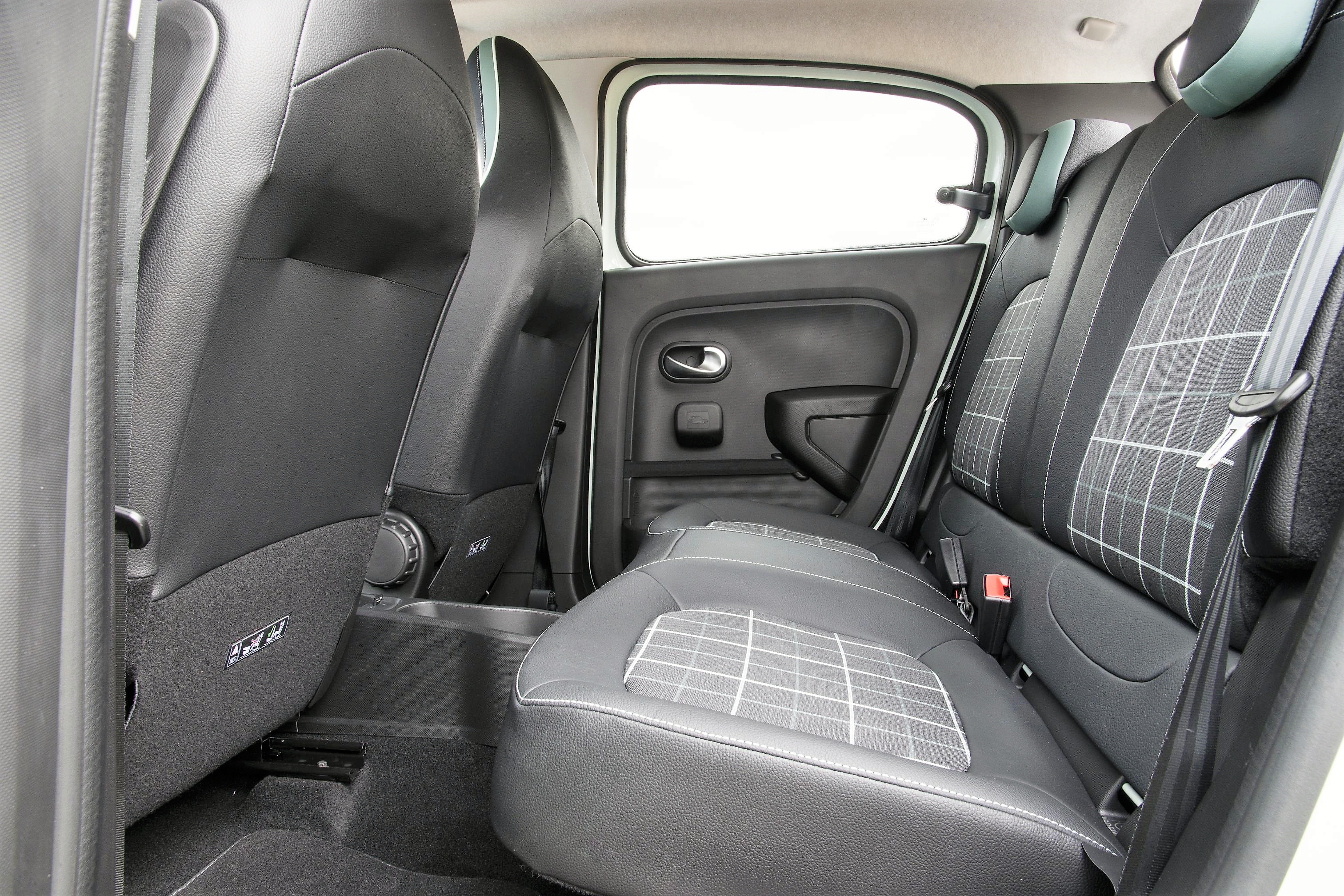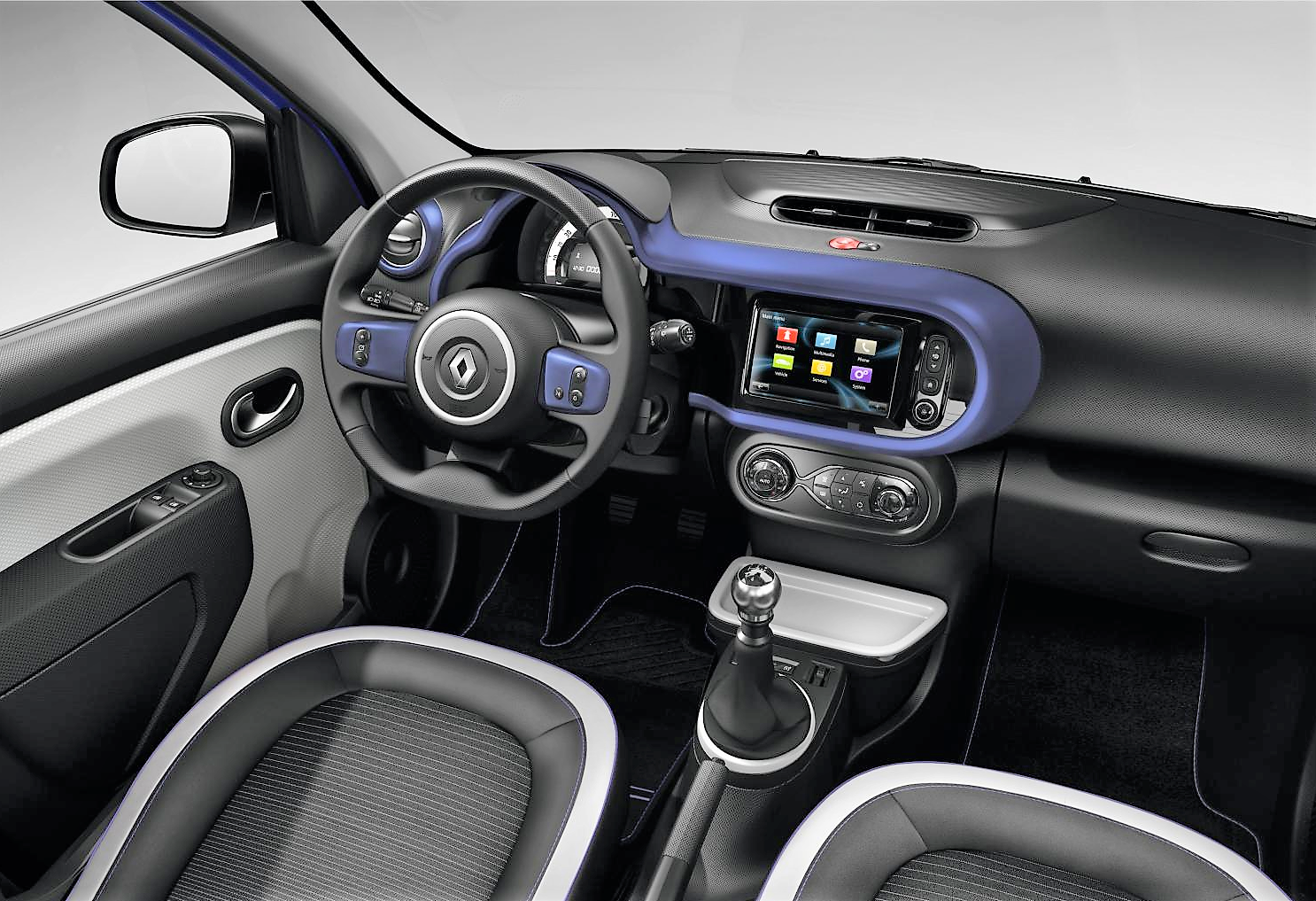When Fiat re-entered the small car scene with its most recent 500 line-up, I am sure that I was not alone in being disappointed that the car was front-engined and no less than current Fiat’s version of BMW’s Mini, both being larger but avoiding the character of the originals. Small and city cars should be fun. They have an opportunity to turn convention on its head and result in levels of attractiveness that make consumers think.
Hanging an engine out back used to be a most popular method of propulsion. The largest of the rear-engined brigade was a car seldom seen in the UK, the Czechoslovakian Tatra, powered by an ingenious air-cooled V8 petrol motor. Interestingly, Tatra provide the inspiration to Ferdinand Porsche, when he designed both the original Beetle and the archetypal rear-engined 911 model that remains in production today.

However, compact Fiats, Hillmans (the Imp), Chevrolets (Corvair) and Renaults all featured rear-engined models over the years. This form of engineering harboured a number of manufacturing benefits, in that a prop-shaft was unnecessary and the car’s steering geometry would remain uncompromised. The designs were lighter, less complex and traction, resulting from an engine positioned above the driven wheels, was amazing. However, there were dynamic downsides, in that a pendulous mass in the tail could create awkward handling limitations.
The original Mini changed many preconceptions, not least in terms of passenger accommodation and ultimate handling. Front-wheel-drive is now a default package for almost all carmakers. The first and second generations of the Renault Twingo were front-engined and front-wheel-drive. However, the most recent example is rear-engined and rear-driven.

There is a good reason for the layout, in that smart, the Mercedes-Benz sub-brand, was seeking a manufacturing partner and Renault recognised that it could reduce its manufacturing costs by getting into bed with Merc. The prospect of introducing a fresh model that shared the smart’s rear-engined layout but featured advanced electronics that managed the handling of both two and four-seater variants proved highly engaging to Renault. As the French carmaker was only interested in the four-door model, it could borrow some of smart’s ‘intelligence’ into the bargain. It is a good result for both manufacturers.
Smart offers the base 1.0-litre, three-cylinder engine that develops a modest 69bhp, although Renault’s 900cc engine is available with either 90 or 110bhp, for a significantly zestier performance envelope. The smallest option demands copious revving but can provide a 94mph top speed, with 0-60mph in 14.5s, CO2 rating of 95g/km and 67.3mpg (Official Combined figure). For flitting about town, it is more than adequate.
However, the prospect of higher performance (GT figures in brackets) means a top speed of 103mph (113mph), 0-60mph in 10.8s (9.6s), 99g/km CO2 (115g/km) and 65.7mpg (54.3mpg) and taxation liabilities that are only slightly greater. The trim levels start with Expression and move up to Play, Dynamique, Dynamique S and GT, although the Iconic is the best equipped but lacks the GT’s punchier motor. Prices, which are reduced significantly by FCD discounts, start at £10,000, rising to £14,600.

With its leant-forwards styling, which can be enhanced with stripes and appliques, the 3.5m long Twingo is outstandingly roomy for such a small car, although it is a strict four-seater due to its narrow width and moderate height. It has an excellent driving position, although front seat occupants do feel as if they are positioned above the front wheels. Talking of which, the Twingo boasts the turning circle of a London black cab, at a whisker over 24 feet, which makes it one of the most manoeuvrable city cars ever. The steering column is only height adjustable, which does compromise the driving position for drivers with shorter arms.

As with the smart alternative, some of the better convenience features are carried into the Twingo and its little boxes, bins and storage spaces are perfect for tidying-up in-car clutter. Of course, one of the benefits of the rear engine is that, while boot space is at a premium, the front passenger seat can be folded flat, as can either of the rear seats, to create a most practical load area. The boot itself has only 188-litres of space but it is enough for a week’s shopping. The space below the ‘bonnet’ is hardly worth mentioning.
Connectivity levels are fine and, dependent on trim level, a touch screen is available on several models, which allows Bluetooth connection for the phone, as well as a reversing camera and, while Apple CarPlay is unavailable, at least Android Auto is feasible. The standard two-speaker stereo is a bit weak and improved only by spending more money.

Having mentioned the steering earlier, the powered system reacts speedily to driver input. However, crosswinds can upset the Twingo’s overall handling and make the driver wish for lower gearing of the steering rack. While its handling is inherently safe, aided by the electronic stability control, when travelling at higher speeds, the car can feel slightly nervous on early acquaintance. Fortunately, driver familiarity builds confidence.
The ride quality can be a bit firm at times, the car crashing audibly on road surface imperfections and not handling transverse ripples comfortably. It is a situation exacerbated by higher cruising speeds, to which the best response is just to lift off until clear of them. Yet, overall, I found the Twingo to be immense fun and cross-country averages can equal readily those of much faster and larger cars. The detail finish inside the car tolerates scrutiny with more expensive models and there are some pleasant surfaces in what is still a moderately inexpensive car. As to engine noise, while pleasantly audible at low speeds, it soon disappears and wind roar around the door mirrors can actually be more annoying than high revs.